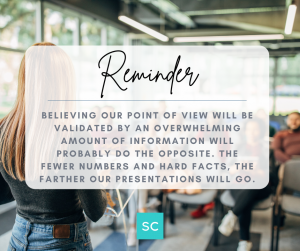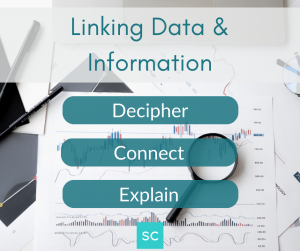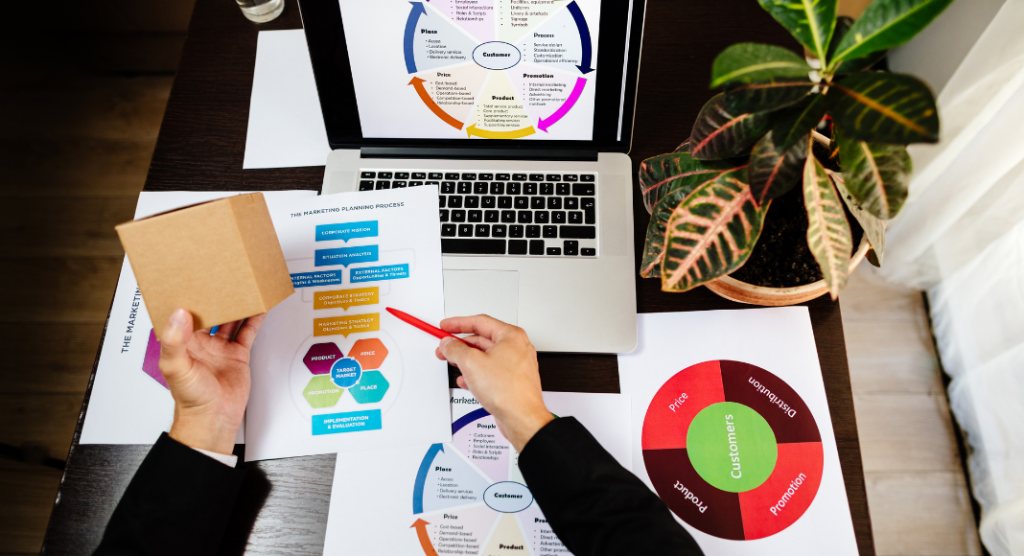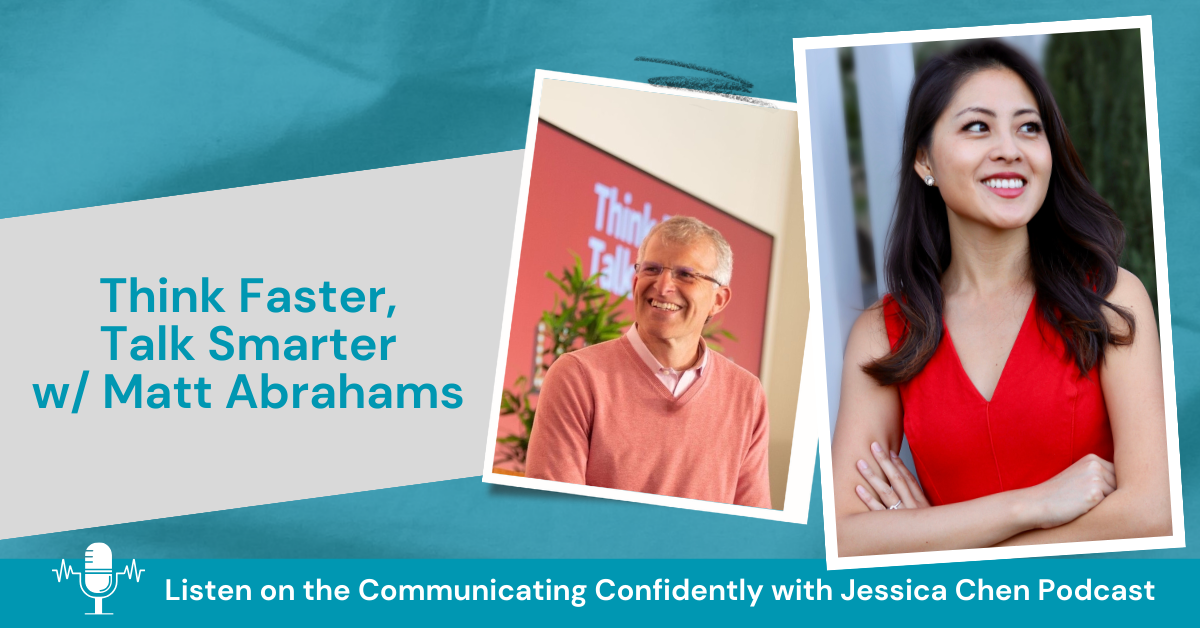Preparing Your Presentations
When it comes to giving presentations, there are a couple of key things we need to grasp about how great speeches are made.
In fact, a recent survey revealed 90% of the pre-presentation jitters were from one major source – a lack of preparation. The good news is the more prepared we are and the better we understand the art of creating an impactful presentation, the less anxiety we’ll have.
Crafting an effective presentation involves understanding the dynamics of a speech. That means knowing how to structure our talk to keep the audience engaged from start to finish.
1. Information
When we’re selective with our content, we give our audience the chance to digest and connect with the key ideas we’re putting forth.
Consider the following:
- Value – When we’re giving a presentation, the key is to present the most valuable information to our audience. Imagine this scenario: we’re presenting to the executive team and we know what they really care about is how the proposed software system we’re introducing will boost productivity. Sure, we might have a lot of data about the system and its various features, but what truly matters to them is the big question – how much more productive will our employees will be when they use this new system. By focusing on the most valuable information, we show the decision-makers we’re on the same wavelength, addressing their core concerns and priorities.

- Audience – When we’re presenting, one of the key factors we must always keep in mind is our audience. So, picture this: we’re all set to present our market research for this fantastic lead generation program we have. Who our audience is will shape the kind of information we share. If we’re talking to the folks who are paying for those leads, what they want to know is the holy grail of numbers – how many leads were generated. If we’re standing in front of a savvy team of marketers, they’ll want to dive deeper into the details of marketing collateral and social media. Knowing our audience allows us to tailor our presentation so it resonates.
- Clear – When it comes to presenting information and data, we’ve got to be careful not to drown our audience in a sea of confusing jargon. The key here is to keep things crystal clear and understandable. We want our audience to nod along, not scratch their heads in confusion.
When we overwhelm our audience with a barrage of numbers and hard facts, we risk losing their attention and connection. Less is often more when it comes to presentations. Instead of bombarding them with a never-ending stream of data, be strategic and pick the most impactful pieces to support our point of view.
2. Link
An effective communicator’s job is to decipher, connect, and explain the link between points. In other words, we must show our audience what one has to do with two. The middle chunk is what makes a presentation memorable.
Consider the following:
- Decipher – Deciphering our data is all about diving into the nitty-gritty and truly understanding it inside out. We’ve got to sift through all that data and distinguish between what’s merely interesting and what’s genuinely important. We want to focus on the data that packs a punch and directly aligns with our message. Once we’ve deciphered our information, we’re armed with a clear understanding of what truly matters.

- Connect – When it comes to presenting data, connecting the dots is the key to winning over our audience. We’ve got our data, but now we need to make it matter to our audience. That’s where the “So what?” comes in.
We share our research results showing a 13% increase in productivity with this new software. We ask ourselves, “So what does that mean?” And the answer is a 10% profit gain over the year. Our audience now sees the tangible benefit of that productivity increase, and it’s exactly what they need to know.
- Explain – When we craft our presentations, we need to ask ourselves, “What is the most important, high-level point we want to make?” And then two, “What data point will explain the high-level point?” Using our data to explain a high-level point will link the two together.
We don’t need to bombard our audience with an overload of specifics and intricate facts. Instead, we should stick to the core ideas and the broader strokes that will resonate with them.
When it comes to crafting killer presentations, it’s all about being strategic with our data and information. By using our data strategically, we’re like master storytellers, weaving a compelling narrative that captivates our audience from start to finish.
___
Whenever you’re ready, there are 3 ways we can help you:
- Discover your communications style, so you know where to start. Over 4,000 people have found theirs here.
- Attend our monthly communication workshop to build communications confidence (new topics: public speaking, advocating for yourself, building credibility, etc) here.
- Get your brand in front of 43k+ people by sponsoring our newsletter or Soulcast Media | LIVE LinkedIn events [contact: hello@soulcastmedia.com]











